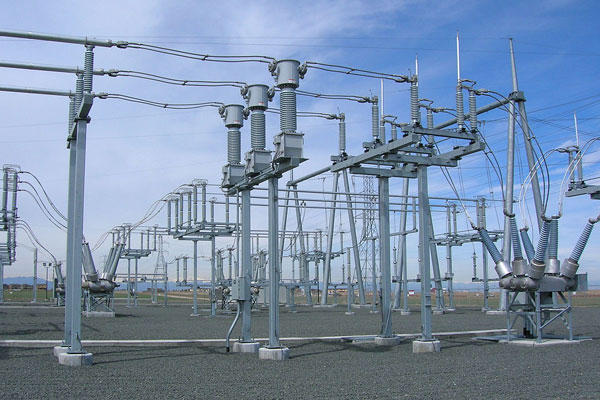
This 12-Hour Live Online Power Substation Training course give an overview of substations, primary breaking device, transformer, secondary switching devices, switchgear lineup, instrument transformers, relays, meters & instruments, lightning arresters, transducers, cables & bus ducts, control & communications wires/cables, SCADA, capacitors and static VARs, and how they all interact. The course will also cover the application, design & testing and maintenance of low, medium and high voltage circuit breakers as well as disconnect switches. It will also cover also protective relays, how they operate vs. how they protect. The course will cover the communication networks, topology and communication media. Utility oriented as well as industrial oriented communication protocols will be given.
Electrical Substation maintenance is a key component of any substation owner's electrical maintenance program. It has been well documented that failures in key procedures such as racking mechanisms, meters, relays and busses are among the most common source of unplanned outages. Electrical transmission, distribution and switching substations generally have switching, protection and control equipment and one or more transformers.Our electrical substation maintenance course focuses on maintenance and testing of switchgear, circuit breakers, batteries and protective relays.
This Power Substation Training course will cover the maintenance and testing requirements for common substation devices, including power transformers, oil, air and vacuum circuit breakers, switchgear, ground grid systems, batteries, chargers and insulating liquids. This course focuses on what to do, when to do it and how to interpret the results from testing and maintenance.
LEARNING OBJECTIVES
Power Substation Training Course Outline
DAY ONE
1. Introduction to Substations
2. Ultra High Voltage; High Voltage; Medium Voltage and Low Voltage substation definition
3. Functions and Topologies of Substations
4. Power Circuit Breakers; Power Switches; Power Fuses
5. Power Transformers Equipment and Maintenance
6. Substaion Battery systems
7. Substation Grounding Requirements
DAY TWO
8. Smart Grids
9. Typical Protection Relays used in Substation
10. Substation Power Factor Correction
11. Remote SCADA Systems and Remote Substation Control
12. Other Requirements to be considered
13. Pad mounted and Over Head Remote controlled switches
4:00PM - Wrap up and Q&A
COURSE TIMETABLE
Both days:
Start: 8:00 a.m.
Coffee Break: 10:00 a.m.
Lunch: 12:00 noon
Restart: 1:15 p.m.
Finish: 4:30 p.m.
The registration fee to attend this live online training course is $599 + GST/HST.
Click Here to download a $100 discount coupon that you can apply toward the regular registration fee and pay only $499 + GST/HST
Register 3 delegates at full price $599, and get a 4th registration FREE!
Successful completion of this course qualifies delegates to receive a certificate of course completion with indicated CEUs.
CEUs are granted by the Engineering Institute of Canada. One CEU is equivalent to 10 professional development hours of instruction.
This course earns 1.2 CEUs.